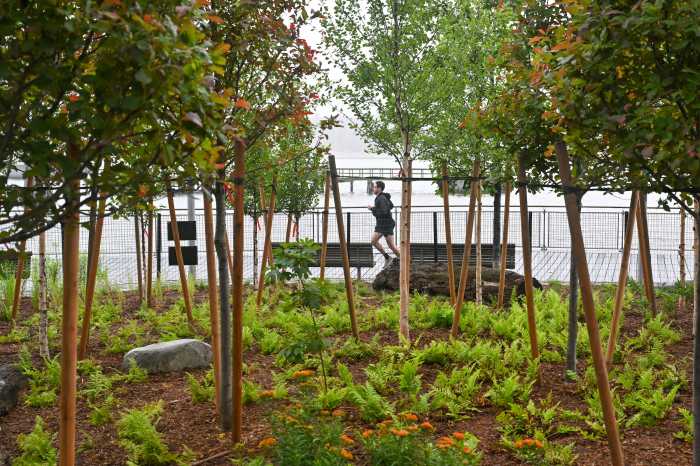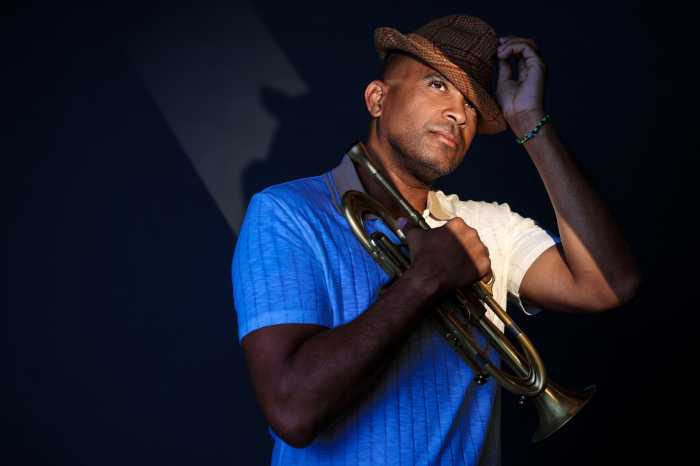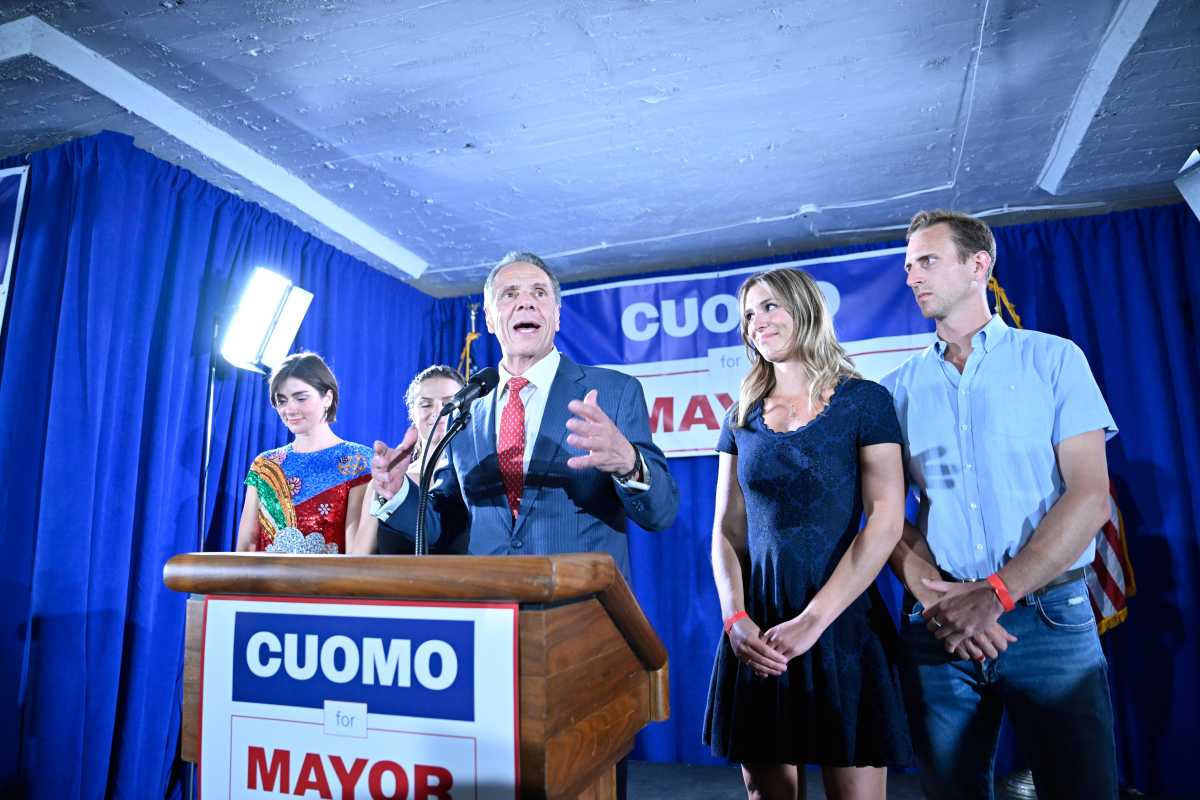With nearly 200 miles of marked bicycle routes created in the last three years, and an estimated 130,000 people riding in the city each day, is New York City ready for a bicycle−sharing program?
A recent report by the Department of City Planning, “Bike−Share Opportunities in New York City,” answers this question affirmatively, placing a special emphasis on Brooklyn.
Bicycle share programs create a network of public−access bicycle stations where users swipe a card, grab a bike, and ride. Riders can either return the bike to the same station, or ride it to one of the many others, paying a fee that is based on either usage time or membership. Such bike−share programs best serve areas that are high in both population density and bicycle usage.
As identified by the report, many Brooklyn neighborhoods are saturated with commuting and recreational cyclists. Neighborhoods such as Williamsburg, Bedford−Stuyvesant, Downtown Brooklyn, Carroll Gardens, and Red Hook have some of the highest percentages of residents who commute via bicycle – percentages that far exceed the city−wide average of 0.65 percent.
This is why the report recommends that a sizable part of Brooklyn be included in the first wave of series of a large, swift implementations of the potential program.
Brian McCormick, co−founder of the Brooklyn Greenway Initiative, the nonprofit organization that is overseeing development of the 14−mile East River greenway, said that bike−sharing is not just a great idea for Brooklyn, but “a coming necessity tied to the increase in bike lanes and cyclists all throughout the city. You are talking about a whole new dynamic affecting the way people move about the city and share the streets.”
Many cities throughout the world have moved toward this new dynamic by implementing their own bike−share programs. The most successful, Paris’s Velib system, holds 20,600 bicycles, generates 75,000 rentals per day, and actually produces revenue for the city. Other bike−share cities include Barcelona, which has a 6,000 bicycle system, and Montreal, which just opened a 5,000 bicycle system.
In the U.S., Washington, D.C. has recently adopted small−scale bike−share program comprised of 120 bicycles. Brooklyn, however, may contain many of the qualities that would allow a larger, more expansive system to thrive.
“Brooklyn has so many residential streets conducive to cycling, it’s well positioned to take advantage of a bike share system,” said Wiley Norvell, communications director for Transportation Alternatives, a nonprofit organization that advocates for cyclists, pedestrians, and transit users.























